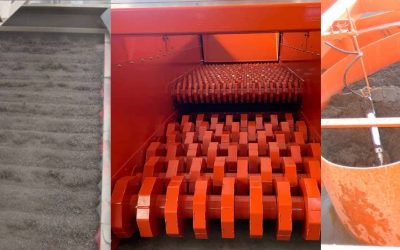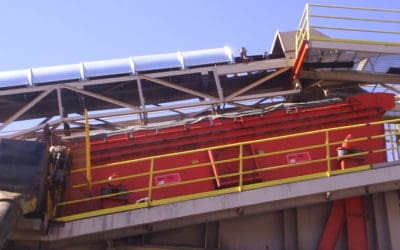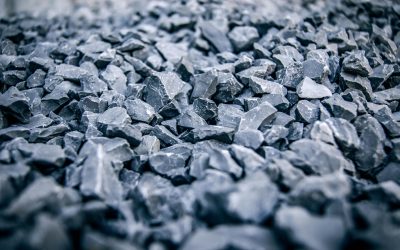Sand is a fundamental material in a wide range of industries, from construction and concrete production to glassmaking and foundries. However, not all sand is created equal. The size, shape, and purity of sand particles can significantly impact the quality and performance of the final product.
To ensure high-quality materials and efficient production, precise sand classification is essential. Traditional methods often struggle with fine particle recovery, water waste, and inconsistent separation, making advanced solutions like the Ortner® system a game-changer.
How is Sand Classified?
Sand can be classified by composition (silica versus calcium carbonate or heavy-mineral sand), purity, and intended use, but it’s typically classified according to grain size:
- Fine sand: particles between 0.075 mm to 0.425 mm in diameter (used in plastering, fine concrete, and glassmaking)
- Medium sand: particles between 0.425 mm to 2 mm in diameter (commonly used in construction, mortar mixes, and casting)
- Coarse sand: particles between 2 mm to 4.75 mm in diameter (typically used in concrete production and for filling purposes)
- Very coarse sand: particles larger than 4.75 mm (often found in gravel mixtures)
The Ortner is a diverse machine that can handle a wide range of material sizes. Learn how a sand classifier works.
The Role of Sand in Construction and Manufacturing
Construction
Sand is a primary component of concrete, mortar, and asphalt, providing strength and durability. Proper classification of sand ensures consistent texture and bonding, preventing cracks and structural weaknesses.
In road construction, poorly graded sand can create voids, while properly graded sand helps create smooth, stable surfaces in asphalt mixtures.
Glassmaking
Unclassified sand often contains clay, silt, and organic matter, which can compromise its quality. And the glass industry requires high-purity silica sand with a specific grain size to produce clear, strong glass. Impurities (such as iron oxides) can affect the transparency and color of the final product.
Foundries
Foundry sand is used to create molds for metal casting, shaping everything from automotive parts to industrial machinery. The sand must have consistent grain size and high thermal resistance to withstand molten metal without breaking down.
Additionally, properly classified sand improves production efficiency, reducing material waste and improving processing speed. Consistent sand size also reduces wear and tear on equipment, extending its lifespan.
Industrial Applications
Water and air filtration systems rely on precisely classified sand to remove impurities efficiently. In ceramics manufacturing, silica sand plays a role in forming and strengthening ceramic products.
Challenges in Traditional Sand Classification Methods
Wet Washing
Traditional wet washing methods consume large amounts of water, which can lead to regulatory challenges and restrictions in water-scarce regions. Plus, the process requires energy-intensive pumps and drying systems, increasing operational costs.
Screening
Standard screens have difficulty capturing fine particles, allowing valuable material to be lost in wastewater. These screens also struggle with wet or sticky sand. Excess moisture leads to blinding, where fine particles block screen openings, further hindering separation and increasing maintenance downtime.
Many screening systems rely on fixed mesh sizes, which may not effectively separate a range of particle sizes. This can lead to oversized or undersized particles in the final product, reducing its usability in specific applications.
Settling Ponds
Settling ponds are commonly used to manage wastewater and capture fine particles, but they require significant space and regular maintenance. As sediment accumulates over time, costly dredging or expansion becomes necessary to keep them functional.
The slow sedimentation process can delay operations, reducing overall productivity.
How the Ortner® System Provides Precise Sand Classification
The Ortner® sand classifier relies on moisture-based separation rather than traditional wet washing. This allows for precise classification of sand into different sizes without the excessive water usage or energy consumption found in wet processes.
One of the key features of the Ortner® is its high-frequency vibration, which ensures accurate particle separation. The vibration helps to dislodge fine particles, allowing them to be effectively sorted from the coarser grains. This results in a more efficient fines recovery compared to traditional screening methods, which often lose valuable fine sand to wastewater.
With fewer moving parts than traditional screens, the Ortner® also requires less maintenance, leading to lower downtime and cost savings.
Contact AEI today to learn how the Ortner can meet your specific needs.


